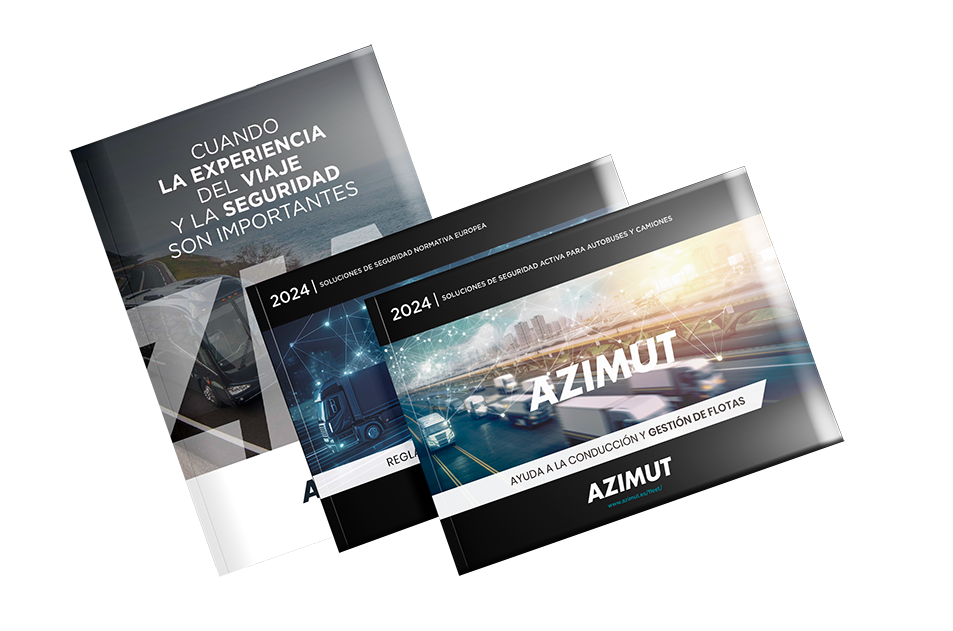The public release of films, DRM and digital files
The public exhibition of films in coaches and buses is a complex issue and there is currently a need to integrate DRM digital rights management systems in these types of vehicles.
Undoubtedly, if you have in-flight service management responsibilities in a transport operator and have in-flight entertainment systems or are considering having them, it is a matter that you should know in detail.
The content life cycle
There are five major studios that encompass the majority of world film production. Well, we really should say four, since Fox was recently acquired by Disney . The other three are Warner , Sony and UIP .
The content they produce has a life cycle associated with the market where it is displayed . Thus, the normal thing is that a content begins its life in exhibition halls (cinemas) and goes through other environments such as video, on-demand television, public television and through others such as diffusion in mobile environments, either in diffusion open or content on demand.
For these production companies, it is important to ensure success in each of these stages, which implies securely protecting the files that contain the content (forgive the redundancy). This is how DRM or digital rights management systems arise.
The protection of the contents. DRM digital rights management systems
These systems protect the content at the source through encryption techniques and allow its reproduction at the destination, avoiding fraudulent manipulation and piracy . Therefore, we are talking about security software .
Any system that manages audiovisual content must have DRM software and be certified by the studios.
If they were custom solutions, it would be crazy for the majors to certify them individually. What they have decided is to delegate technological standards to large software manufacturing companies that have developed products that can later be integrated into different content management platforms.
These manufacturers are Google , Microsoft , Adobe , Marlin and some other that I'm sure I'll leave. The generated products are either integrated into the content platforms or accessed to manage security externally.
Protection and income generation
You must not lose sight of the business. Protecting content is key to generating revenue at every tranche. These revenues are generated by direct sales or diffusion.
Direct sales are obtained when the file that is delivered goes to the residential market, on video, DVD or blue ray, or when copies are generated for the film market or the streaming market. In these cases, the studios, within their business projection, propose a model in which they additionally benefit from the success of the diffusion together with the distributors.
The concept of broadcast licenses arises, which is nothing more than an amount paid by the exhibitor to benefit from the content generated by the studios.
The digital file is simply the copy of the aforementioned cinematic content , as delivered by the studio through an approved digital laboratory (they also certify, but that's another story). It is an element that is acquired for its dissemination and therefore a concept of cost to add within content management.
Many times, all these concepts may seem confusing and the fact that, in order to show a film, you have to pay for an exhibition license, buy the digital file and even provide the content system with a technology that must be certified by the studio that grant this license. In any case, they are the rules of the game.
There has been talk of licenses and not of licensors. For the market that we operate in by means of land and sea transport, the studios have chosen to use some companies to manage the business of reproduction rights. It is what they call “no theater”.
At Azimut we have chosen to have agreements with the main players. In this sense, we incorporate into our portfolio the licensing with MPLC (Motion Pictures Licensing Company) globally, Filmbank also with global coverage, as well as other companies sporadically.
Protection and legality
All countries have copyright laws that protect copyright owners from piracy and non-consensual reproduction. There is a directive at European level that serves as a framework for action and its tightening is being managed.
If a VOD solution does not have a DRM system incorporated, the system will not be authorized by the studios and therefore can never be licensed to reproduce their audiovisual content. From then on, if the transport operator reproduces content without consent (by means of licenses), it will be incurring a crime that will normally carry a penalty to be assessed according to each legislation. Remember that the transport operator is solely responsible for this act.
Azimut ensures you comply with the law
At Azimut, it has been decided to integrate Google's Widevine DRM technology solution. What does that mean? To begin with, we are experts in technology and we evolve with it, it also means that we are not associated with an external pay-per-use model and therefore the cost for the client is minimal . Finally, we are aligned with the solution with the greatest compatibility and best bet for the future that is used by large companies in the industry such as YouTube or Netflix.
We manage content in a multi-client environment that allows us to handle it effectively, acting as a purchasing center and optimizing processes
Finally, it should be noted that our streaming system is certified for all its content by the large studios mentioned above.

